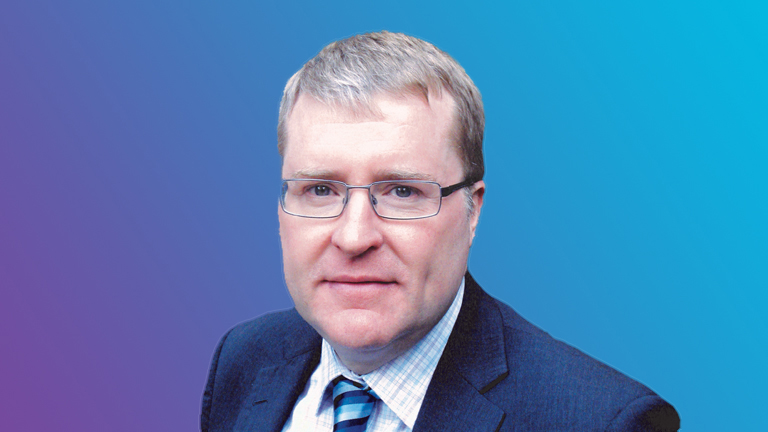News / Pressure set to grow as extra funding fails to materialise
Health and social care leaders were dismayed by chancellor Philip Hammond’s decision not to allocate additional funding to the sectors in his autumn statement. 
There were repeated calls for additional funding to be handed to social care in the run-up to the November statement. Bodies such as NHS Providers and the King’s Fund said shortfalls in social care funding were increasing demand at A&E and general practices and contributing to delayed transfers of care out of hospital.
HFMA policy director Paul Briddock said: ‘Like many others, we were disappointed to see the NHS overlooked in the autumn statement. In a time of unprecedented challenges for the health service, it’s a shame that no new financial injections were unveiled by the chancellor.
‘Many areas require support at this time, but perhaps the hardest hit – and most in need – is that of social care. With the increase in the living wage, costs are starting to mount for social care providers, and without further financial provisions they will find it even harder. This has a knock-on effect for the NHS as a whole as it tries to reduce the deficit and balance the books.’
In the HFMA’s latest NHS financial temperature check finance directors said emergency care demand, pressure on social care budgets and increasing demand overall were the biggest threats to financial balance in their sustainability and transformation plan (STP) areas. Respondents backed STPs in general, but there were concerns about governance and leadership.
King’s Fund policy director Richard Murray (above, right) said that with no new money, the intense pressure on health and social services would continue to grow. ‘The planned increases in health spending are not enough to maintain standards of care, meet rising demand and transform services,’ he said. ‘In particular, the pressures will peak in 2018/19 and 2019/20, when there is almost no planned growth in real-terms NHS funding.’
The autumn statement came as half-year figures for the NHS in England showed encouraging signs for the provider sector but continuing cause for concern over operational performance.
Revealing providers’ quarter two figures, NHS Improvement said it believed the sector can end the financial year with a £580m deficit. At Q2, providers had an aggregate year-to-date deficit of £648m – £22m worse than planned – but the oversight body said the results were positive as 11 fewer trusts reported deficits than in quarter one and 40 fewer than Q2 in 2015/16.
NHS England said at Q2 the commissioning sector forecast a year-end overspend of £10m. This included a £190m forecast overspend in clinical commissioning groups and an £88m pressure due to technical and ring-fenced adjustments (principally due to the release of provisions and lower than expected depreciation charges). These are offset by underspends in direct commissioning (£52m) and NHS England running and central programme costs (£216m).
Operational performance concerns were highlighted in the King’s Fund’s latest quarterly monitoring report. It said the NHS faced a difficult winter and, as demand increases, performance against waiting times targets and other performance measures was deteriorating.
The proportion of patients waiting longer than 18 weeks to begin treatment rose to 9.4% in September, it said. This was the worst performance since the target was introduced in April 2012. Delayed discharges were at a record level and GPs had seen a 10% increase in the number of patient contacts in the last two years.Related content
The Institute’s annual costing conference provides the NHS with the latest developments and guidance in NHS costing.
The value masterclass shares examples of organisations and systems that have pursued a value-driven approach and the results they have achieved.